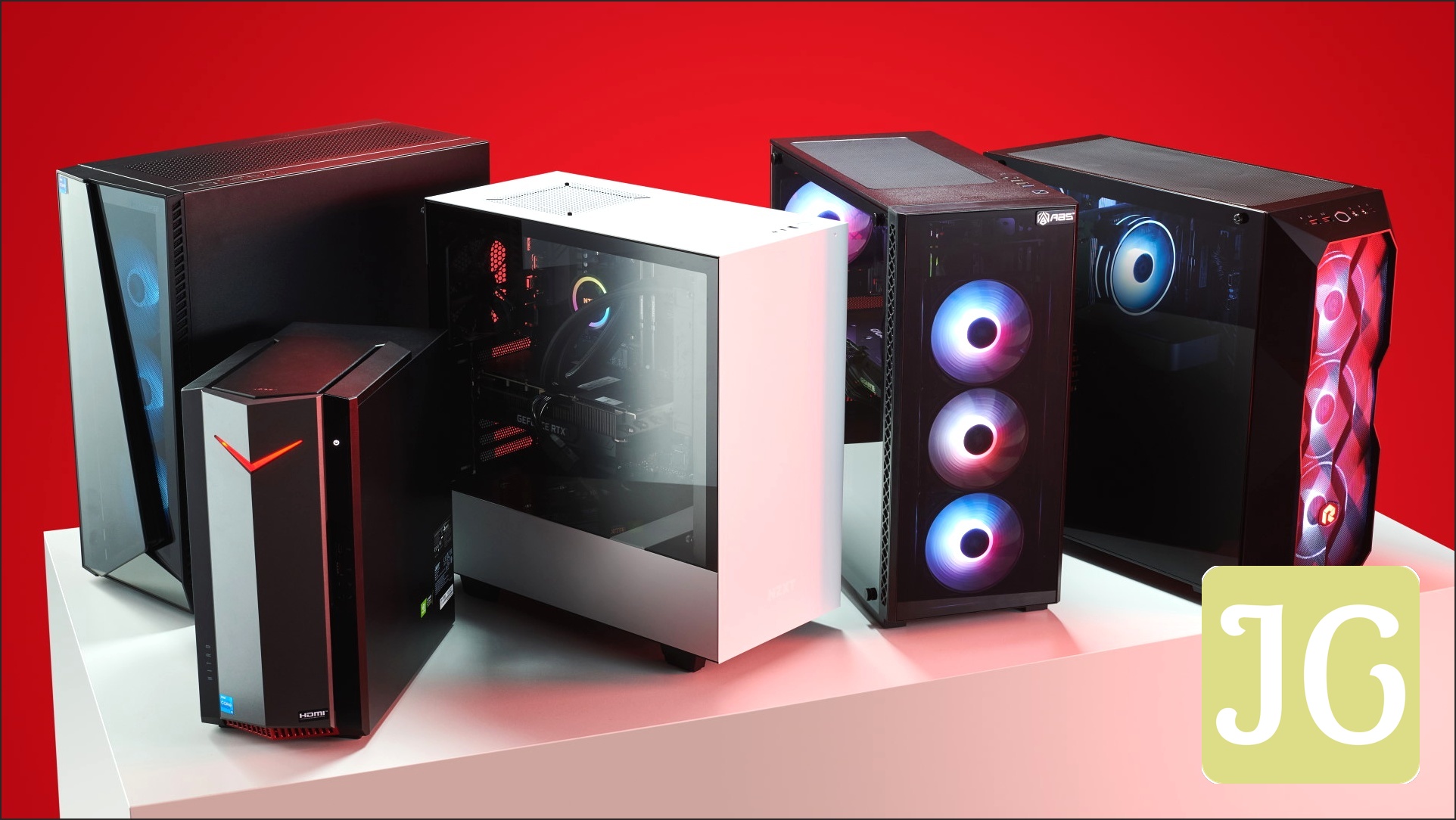In 2025, the landscape of PC gaming is undeniably shaped by a significant financial hurdle: the escalating cost of graphics cards. What was once a relatively accessible hobby for many has, in recent years, transformed into a luxury, demanding substantial investment for cutting-edge experiences. A modern GPU alone can now cost as much as, or even more than, a great CPU, motherboard, RAM, and SSD combined—components that together might total under $500. This stark reality forces gamers into a critical dilemma when upgrading: prioritize raw performance and advanced features at a premium, or seek the best value without compromising too much on the experience? This article rigorously benchmarks two primary contenders in the crucial mid-range segment: the NVIDIA RTX 5070 Ti and the AMD RX 9070 XT, dissecting their real-world performance, feature sets, and, most importantly, their value proposition, to help you navigate this challenging market.
The Great PC Gaming Divide: Why GPUs Are So Expensive Now
To understand the current GPU market, one must examine its turbulent history. Historically, high-performance graphics cards have seen a steady price increase, but the current surge is unprecedented. Consider that a top-tier GPU in 1999, like the Nvidia Riva TNT2, cost around $200, which, adjusted for inflation, would be approximately $390 today. Fast forward to 2025, and a top-tier card like the RTX 5090 commands a staggering $2,500. Even mid-range options, such as the RTX 5070 Ti (MSRP $749) and RX 9070 XT (MSRP $599), are significantly more expensive than their inflation-adjusted historical equivalents. This dramatic escalation has two primary drivers. The first was the cryptocurrency mining boom, which began around 2017. The surge in value of Ethereum and other cryptocurrencies created immense demand for powerful GPUs, driving prices sky-high. Nvidia’s high-end GPUs, for instance, saw their MSRP jump from $649 (GTX 980 Ti, 2015) to $1,200 (RTX 2080 Ti, 2019) during this period. The second major factor was the COVID-19 pandemic in 2020, which caused widespread manufacturing challenges, including DRAM shortages and logistical disruptions. These supply chain issues coincided with an increased demand for electronics, further exacerbating the situation. Despite the high costs, demand for GPUs remains robust, with both Nvidia and AMD reporting strong sales. This indicates a market capable of sustaining elevated prices, effectively making modern PC gaming a luxury accessible primarily to those willing and able to invest heavily in hardware upgrades.
GPU Price Evolution: 1999 vs. 2025 (Inflation Adjusted)
1999 High-End GPU ($390)
RTX 5070 Ti ($749)
RX 9070 XT ($599)
RTX 5090 ($2500)
Meet the Mid-Range Titans: RTX 5070 Ti vs. RX 9070 XT
In a market dominated by increasingly prohibitive pricing, the mid-range segment has become the battleground for value and performance. The NVIDIA RTX 5070 Ti and AMD RX 9070 XT emerge as the two primary contenders in this crucial ~$700 bracket. For gamers seeking a viable path to modern gaming without breaking the bank on a top-tier card, these GPUs represent the sweet spot—a balance of capable performance and a more palatable price point. Our objective analysis will determine which card delivers on its promise, providing the empirical data necessary for an informed decision.
Key Specifications & Launch Price
Performance Showdown: Gaming Benchmarks
Our rigorous testing across a suite of 55 games at both 1440p and 4K resolutions reveals a clear picture of gaming performance. Overall, the NVIDIA RTX 5070 Ti typically holds a slight lead, averaging approximately 5% faster than the RX 9070 XT. However, this is not a universal victory. The AMD RX 9070 XT consistently delivers very close performance, often within a ±10% margin of the RTX 5070 Ti, and critically, it manages to outperform its NVIDIA counterpart in select key titles. The data below illustrates these nuanced differences, providing the precise figures necessary for a definitive comparison.
Gaming Performance Comparison (1440p & 4K Average FPS)
Green indicates an advantage for that GPU in the specific title; Red indicates a disadvantage.
The Feature Frontier: Ray Tracing, AI, and Upscaling
Beyond raw rasterization performance, modern GPUs are defined by their advanced feature sets, notably Ray Tracing, AI acceleration, and sophisticated upscaling technologies like NVIDIA’s DLSS and AMD’s FSR. In the realm of ray tracing, NVIDIA’s architecture consistently demonstrates a strong advantage, with the RTX 5070 Ti typically leading the RX 9070 XT by around 14% in demanding workloads. This lead translates to a more fluid and visually accurate experience in titles that heavily leverage ray tracing. Furthermore, when it comes to AI-accelerated tasks and productivity workloads, the RTX 5070 Ti maintains a significant lead. Our data shows it can be 30-50% faster in applications like Stable Diffusion and Blender, and productivity suites such as Adobe Premiere also benefit more effectively from NVIDIA’s DLSS-based AI acceleration. While AMD’s FSR 4 is continuously improving, NVIDIA’s DLSS 4, particularly with Multi-Frame Generation (MFG), still holds an empirical edge in both image quality and overall frame rate generation, solidifying its position for those prioritizing these advanced capabilities.
Feature & Ecosystem Comparison
The Price Tag: Value Per Dollar
The most significant differentiating factor between these two formidable mid-range GPUs often comes down to their launch price. At an MSRP of $599, the AMD RX 9070 XT entered the market approximately 17-20% cheaper than the NVIDIA RTX 5070 Ti, which launched at $749. This substantial price disparity profoundly impacts the value proposition. TechSpot’s meticulous analysis concludes that the RX 9070 XT offers a compelling 12-15% better value per dollar compared to the RTX 5070 Ti. This means for every dollar spent, the AMD card delivers more frames. However, it is crucial to note that if market dynamics or sales narrow the price gap between these two cards to below approximately 10%, the RTX 5070 Ti becomes a more compelling option due to its superior ray tracing capabilities and advanced AI features, which then justify the slightly higher cost.
Value per Dollar: RX 9070 XT vs. RTX 5070 Ti
RX 9070 XT
(12-15% better value)
RTX 5070 Ti
(Baseline)
The core dilemma remains: The RX 9070 XT is the great value pick for tighter budgets or if bleeding-edge ray tracing or AI features are not needed. Conversely, the RTX 5070 Ti is the safer bet for 4K gaming with ray tracing and frame generation, offering a more premium, feature-rich experience.
Beyond the Silicon: The Future of PC Gaming Accessibility
The escalating cost of high-performance graphics cards, as evidenced by the pricing of even mid-range titans like the RTX 5070 Ti and RX 9070 XT, carries broader implications for the future of PC gaming. This trend is undeniably making PC gaming increasingly exclusive, potentially alienating new players and those reluctant to invest significantly in hardware. Higher GPU costs mean that a modern gaming PC is becoming a luxury, a barrier to entry for many. From a technological standpoint, this is alarming, as increasing hardware requirements risk restricting the audience capable of enjoying new titles. This may inadvertently empower indie developers creating less demanding games, as they could find a larger, more accessible market. To safeguard gaming’s future as an accessible pastime, the industry must prioritize innovation in hardware optimization and foster competitive pricing among GPU manufacturers. Conversations about fair pricing, efficient hardware, and strategic game development are crucial to navigate these changes and ensure PC gaming remains a vibrant and inclusive community.
Your GPU Gauntlet: Which Card is Right For You?
What is your primary priority?
Option: Maximum Performance & Features (Ray Tracing, AI)
Do you frequently use creative applications or AI workloads (e.g., Stable Diffusion, Blender)?
Path: Yes, AI/creative tasks are crucial.
Recommendation: Go for the NVIDIA RTX 5070 Ti. Its superior performance in AI-accelerated tasks (30-50% faster) and productivity applications makes it the clear choice for your needs, despite the higher price.
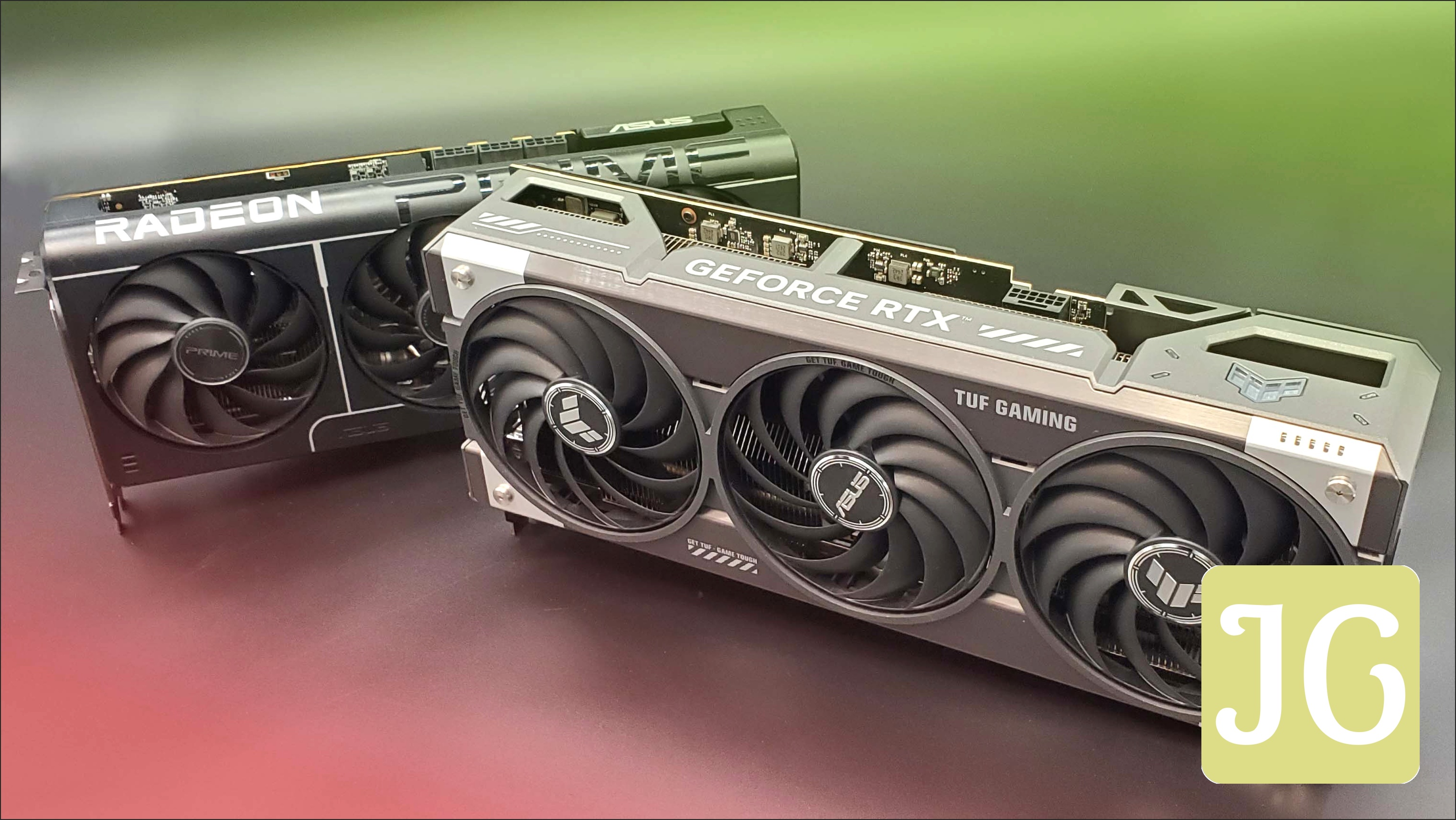
Path: No, primarily gaming with ray tracing.
Recommendation: The NVIDIA RTX 5070 Ti is your best bet. Its overall 5% average lead in gaming, smoother performance, and strong advantage with DLSS 4 + MFG in ray tracing make it the safer choice for a premium 4K gaming experience.
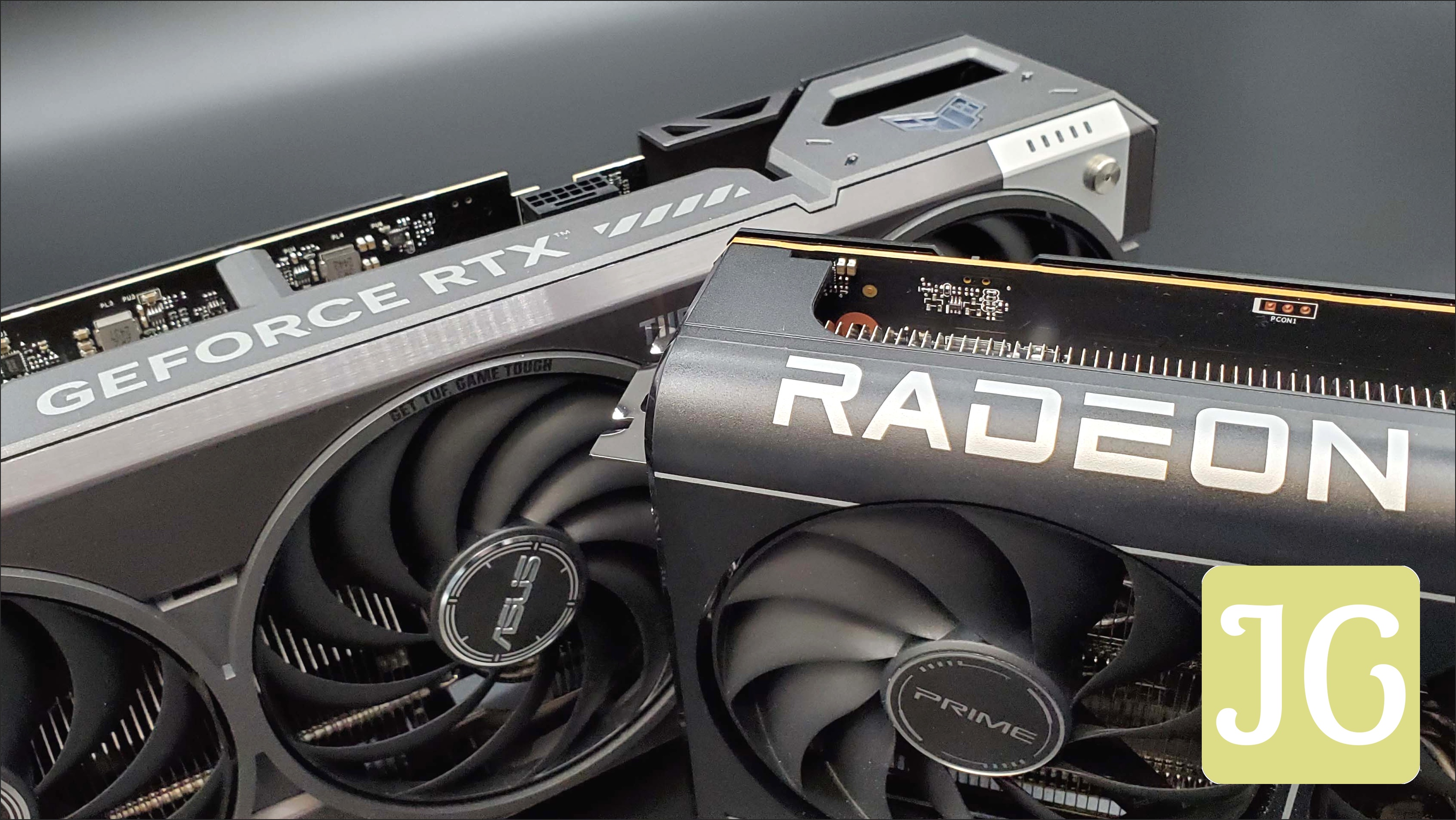
Option: Best Value & Price-to-Performance
Is your budget strictly under $600, or are you willing to pay a premium for specific game wins?
Path: Budget is key, need the best value.
Recommendation: The AMD RX 9070 XT is the ideal choice for you. At ~17-20% cheaper and offering 12-15% better value per dollar, it delivers very close raster performance and is a great pick for tighter budgets where bleeding-edge ray tracing isn’t a priority.
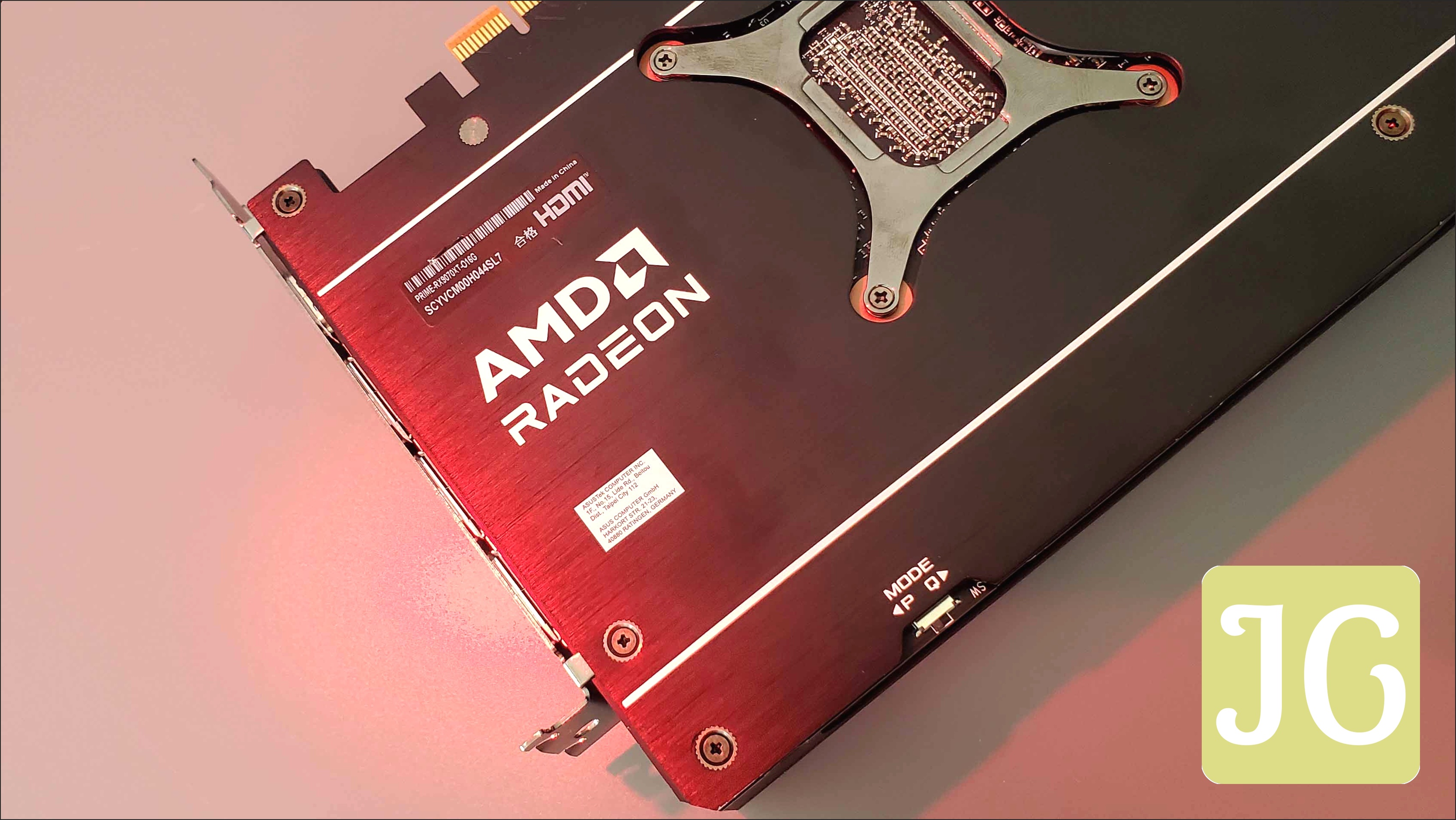
Path: Want close performance, but specific game wins are important.
Recommendation: Consider the AMD RX 9070 XT. While the RTX 5070 Ti often leads, the RX 9070 XT is very close in many games and even wins in key titles like Call of Duty: Black Ops 6. If price-to-performance and strong rasterization are your focus, it’s a compelling option.
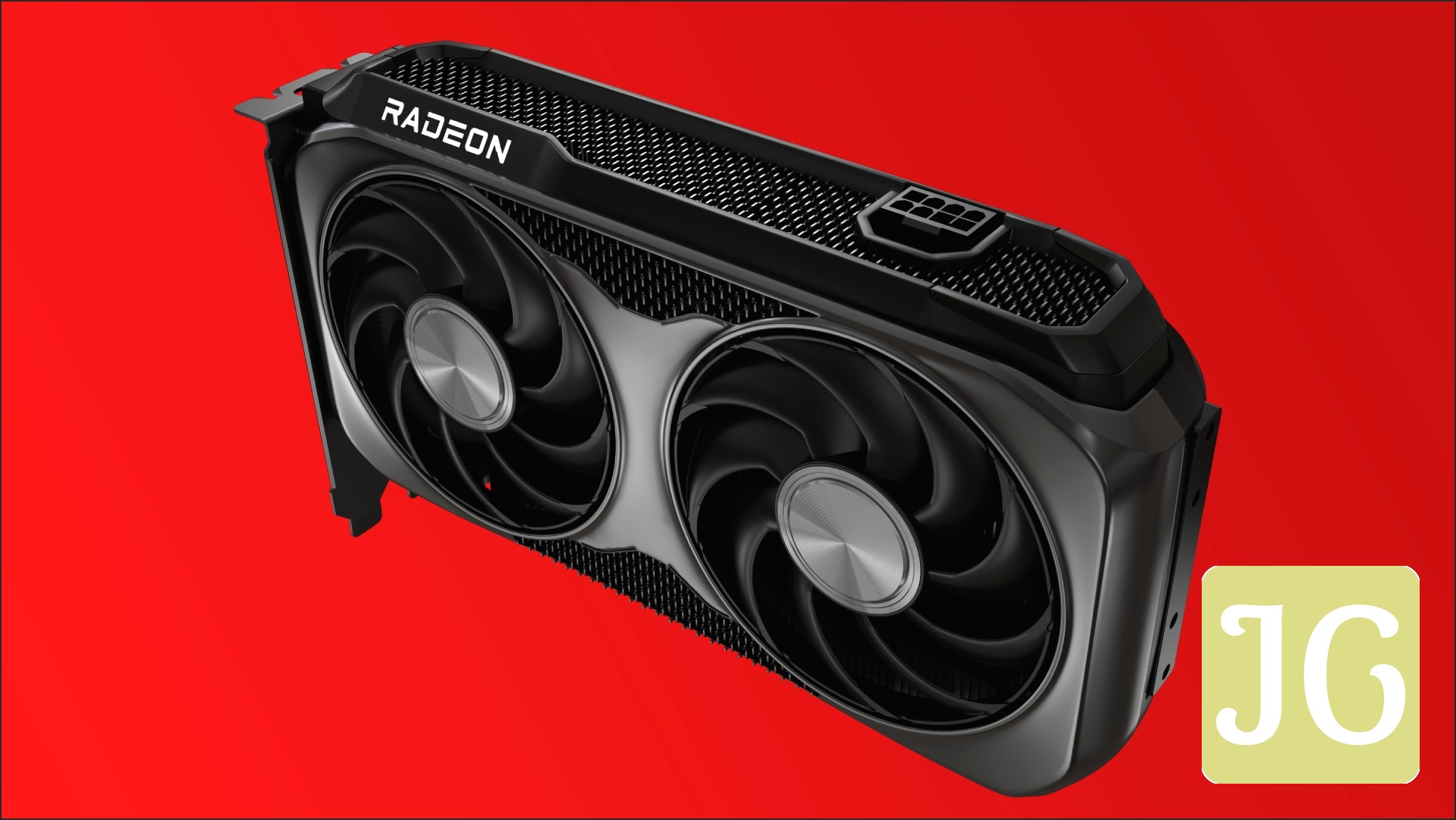
Key Takeaways: Navigating the GPU Gauntlet
- GPU prices remain significantly high in 2025, driven by past market events, making PC gaming increasingly exclusive.
- The RTX 5070 Ti offers a slight overall gaming performance lead (approx. 5%) and strong advantages in ray tracing, DLSS 4 + MFG, and AI/creative workloads (30-50% faster).
- The RX 9070 XT provides comparable raster performance in many games, wins in select titles, and offers a significantly better price-to-performance ratio (17-20% cheaper, 12-15% better value).
- Your choice depends on priorities: RTX for premium features, AI, and smoother 4K ray tracing; RX for budget-conscious gamers prioritizing raw raster performance and value.
- The industry faces a challenge to maintain accessibility amid rising hardware costs, requiring innovation in optimization and competitive pricing.
Frequently Asked Questions
Why are graphics card prices so high in 2025?
Prices remain elevated primarily due to the lasting effects of the cryptocurrency mining boom (2017 onwards) and supply chain disruptions during the COVID-19 pandemic (2020), coupled with sustained consumer demand that incentivizes manufacturers to maintain higher pricing.
Is the RTX 5070 Ti worth the extra cost over the RX 9070 XT?
It depends on your priorities. The RTX 5070 Ti offers a slight performance edge, superior ray tracing, more advanced upscaling (DLSS 4 with MFG), and significantly better performance in AI/creative workloads. If these features are crucial to you and your budget allows, it can be worth the higher MSRP.
Can the RX 9070 XT compete with the RTX 5070 Ti in gaming?
Yes, absolutely. The RX 9070 XT delivers very close raster performance to the RTX 5070 Ti in many games, often within a ±10% margin, and even outperforms it in specific titles like Call of Duty: Black Ops 6. It offers a much better price-to-performance ratio.
What does ‘value per dollar’ mean for GPUs?
‘Value per dollar’ refers to how much performance you get for every dollar spent. According to TechSpot, the RX 9070 XT offers approximately 12–15% better value per dollar than the RTX 5070 Ti, meaning you get more frames per dollar invested with the AMD card.
Is PC gaming becoming too expensive for the average gamer?
The escalating cost of high-end and even mid-range GPUs is indeed making PC gaming increasingly exclusive. A modern GPU alone can cost as much as or more than a combined CPU, motherboard, RAM, and SSD, presenting a significant financial hurdle for many.

